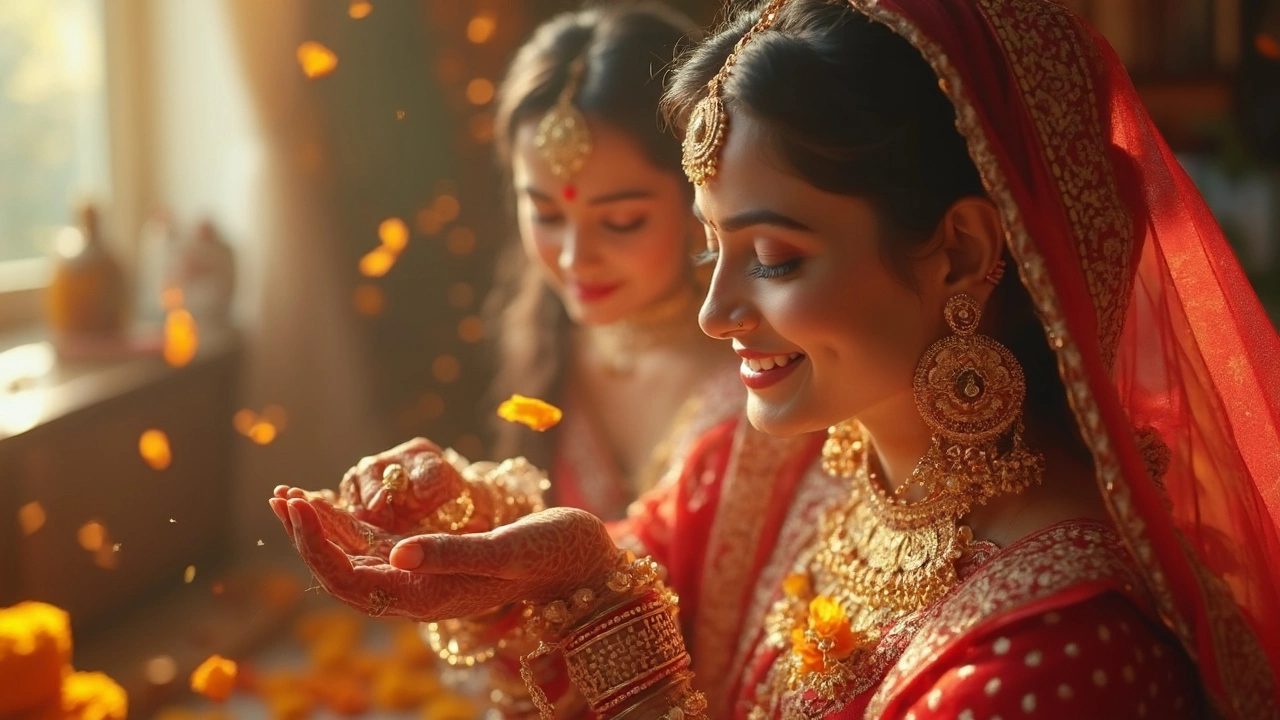Engagement Rings: Trends, Budgets, and Choosing the Perfect Symbol
When exploring Engagement Rings, the classic token of a promise, usually set with a gemstone. Also known as proposal rings, they blend personal style with cultural tradition. The most common gemstone is the Diamond, prized for its sparkle and durability, while Lab‑grown Diamond offers a sustainable, often cheaper alternative that mimics natural brilliance. Understanding these core elements helps you navigate the sea of options.
Budget is the first reality check for most couples. The Engagement Ring Budget, typically ranging from a few thousand to $10,000, dictates metal choice, stone size, and setting complexity. A recent poll of millennial couples showed that 58% set a firm ceiling before shopping, then allocate about 40% of that amount to the diamond itself. By breaking the total cost into clear buckets—metal, stone, labor—you avoid surprise spikes and can compare vendors on a level field.
Once the budget line is drawn, the next step is mastering the 4Cs, the industry’s shorthand for Carat, Cut, Color, and Clarity. Carat measures weight, but a well‑cut stone can appear larger than its actual size. Color grades run from D (colorless) to Z (light tint), while clarity assesses internal flaws. For a $5,000 budget, prioritizing a higher cut grade and a slightly lower color or clarity often yields the most eye‑catching result. Real‑world examples reveal that a G‑color, VS2‑clarity stone with an Excellent cut can look as brilliant as a pricier D‑color, VS1 alternative.
Key Factors to Consider When Buying
Beyond the 4Cs, think about setting style and metal. Platinum offers hypoallergenic durability but costs more than 14K gold. Rose gold adds a warm hue that pairs well with both diamonds and colored stones like sapphires. If you’re eco‑conscious, lab‑grown diamonds can shave 30%‑40% off the price while delivering identical optical performance. Many vendors now provide certification from independent labs, ensuring your stone meets the same standards as natural diamonds.
Finally, align the ring choice with your broader wedding plan. Couples who already have a color palette for the ceremony often select metal and gemstone tones that complement that scheme. Coordinating the ring’s style with the wedding band you’ll wear later saves time and guarantees a harmonious look. The same budgeting mindset that guides your venue and catering choices should steer your ring purchase, keeping the overall financial picture balanced.
Armed with these insights—budget framing, the power of the 4Cs, and the pros of lab‑grown options—you’re ready to dive into the curated list below. Each article breaks down a specific angle, from cost‑saving tips to trend forecasts, giving you the actionable knowledge you need to pick the perfect engagement rings that fit both your heart and your wallet.
Ever wondered why brides slip off their engagement ring before the wedding ceremony? This article breaks down the real story behind this tradition, its origins, and the practical reasons, too. Discover easy tips for ring placement during your wedding and what actually matters when showing off your rings. If you're getting married soon, you’ll want to know what to do with your engagement ring on your big day. Real insider advice—no fluff.
